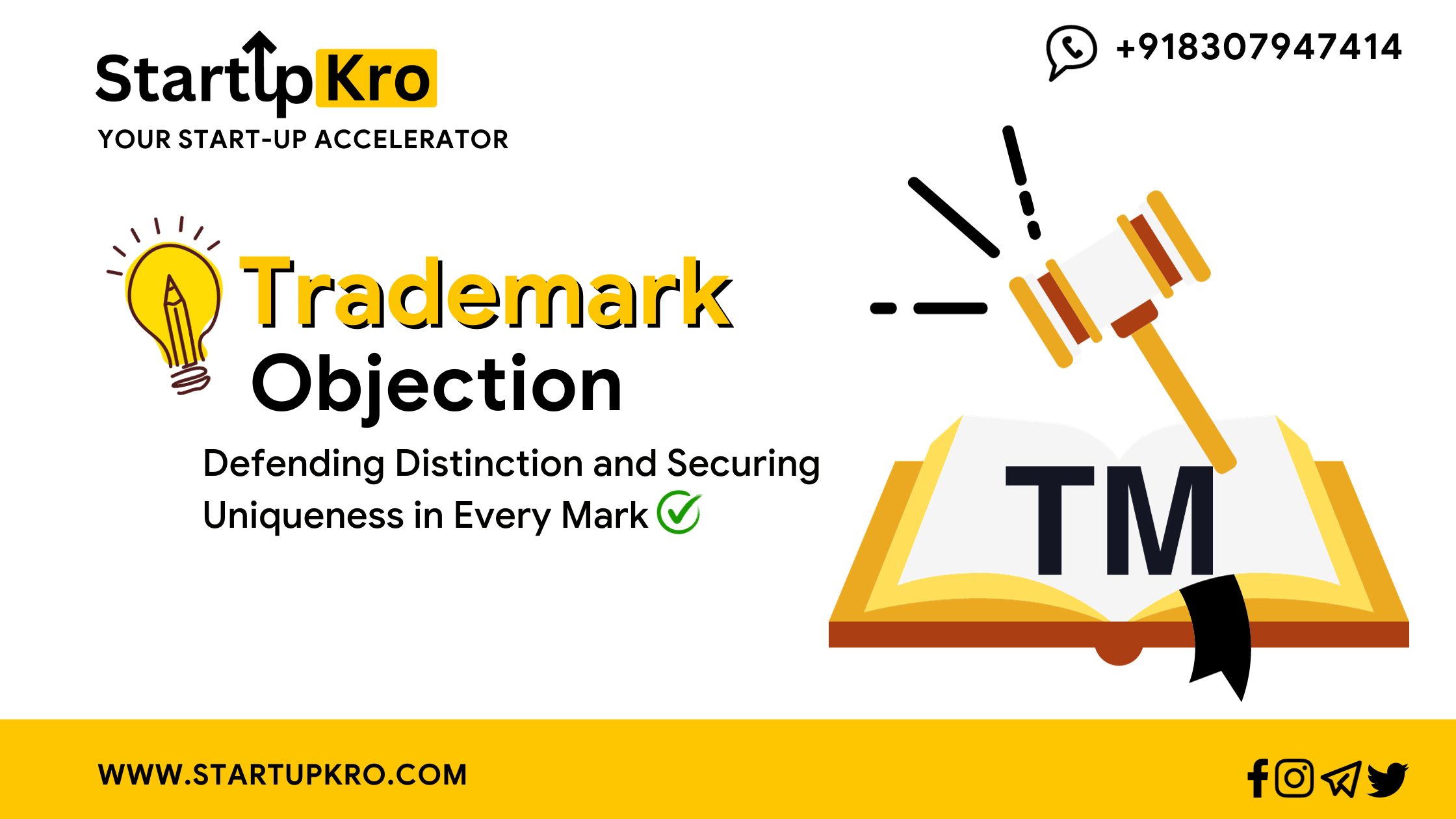
Choosing the Right Business Structure for Startup’s
Selecting the appropriate business structure is a critical decision when starting a company. The choice of structure can impact various aspects, including tax obligations and personal liability for business debts. In India, there are several types of business structures available,

Subscribe To Our Weekly Newsletter
Selecting the appropriate business structure is a critical decision when starting a company. The choice of structure can impact various aspects, including tax obligations and personal liability for business debts. In India, there are several types of business structures available, each with its own advantages and disadvantages. This article aims to guide new business owners in selecting the right structure by highlighting the benefits and providing an overview of the five most common business structures in India.
Benefits of Choosing the Right Business Structure:
- Personal Liability Protection: The right business structure can offer personal liability protection, ensuring that owners are only liable for the amount they have invested in the company. This protects personal assets such as homes, cars, and savings.
- Tax Benefits: Different business structures have varying tax implications. For instance, private limited companies and limited liability partnerships (LLPs) are taxed as separate entities, potentially leading to significant tax savings.
- Ability to Raise Capital: The chosen business structure can impact the company’s ability to raise capital. Some structures, like private limited companies and LLPs, allow for issuing shares to investors, facilitating significant capital infusion and business growth.
- Branding and Credibility: The right structure can enhance branding and credibility. Private limited companies often project a more professional and credible image compared to sole proprietorships or partnerships, benefiting companies aspiring to establish themselves as industry leaders.
- Succession Planning: The selected business structure can influence succession planning. Certain structures, such as private limited companies and LLPs, provide clear ownership structures, ensuring the continuity of the business even after the current owners retire or pass away.
5 Common Types of Business Structures in India:
India offers several types of business structures, each catering to specific needs. The choice of structure depends on factors such as business nature, number of owners, liability protection, tax implications, and the ability to raise capital. Here are the five most common business structures in India:
Sole Proprietorship: Register Here
This is the simplest and most common structure, suitable for small businesses with low risks and minimal investment. It offers complete control to the owner, easy setup, and low compliance requirements. However, it has unlimited personal liability, limited growth prospects, and difficulties in raising capital.
Advantages:
- Easy and inexpensive to set up.
- Full control over business decisions and operations.
- No separate legal entity or compliance requirements.
Disadvantages:
- Unlimited personal liability, meaning the owner is personally responsible for business debts and obligations.
- Difficult to raise capital since the owner’s personal finances are often the primary source of funding.
- Limited scope for growth and expansion due to the reliance on the owner’s resources and abilities.
Partnership:
Partnerships involve two or more individuals sharing ownership and profits. It allows shared investment and risks, leveraging partners’ diverse skills. Partnerships also offer tax benefits. However, there is unlimited personal liability, the potential for disputes, and challenges in transferring ownership.
Advantages:
- Shared investment and risk among partners.
- Partners can bring different skills, expertise, and resources to the business.
- Tax benefits, as the partnership itself is not taxed, but rather the partners individually report their share of profits and losses.
Disadvantages:
- Unlimited personal liability for each partner’s actions and the debts of the partnership.
- Potential for disputes and conflicts between partners, which can impact decision-making and operations.
- Difficult to transfer ownership, as it requires the consent of all partners.
Limited Liability Partnership (LLP): Register Here
LLPs combine the benefits of partnerships and companies. They provide limited personal liability for partners and have fewer compliance requirements than companies. LLPs offer flexibility in ownership and management, but face challenges in raising capital and have limited scope for expansion.
Advantages:
- Limited personal liability for partners, protecting personal assets from business debts and liabilities.
- Flexibility in ownership and management, as partners can have different roles and responsibilities.
- Separate legal entity status, providing credibility and recognition.
- Tax benefits, as LLPs are taxed as partnerships, with partners reporting their share of profits and losses.
Disadvantages:
- More compliance requirements compared to a sole proprietorship or partnership.
- Difficult to raise capital, as LLPs cannot issue shares to the public.
- Limited scope for expansion, as there are restrictions on the number of partners and activities allowed.
Private Limited Company: Register Here
Private limited companies are separate legal entities with limited liability for shareholders. They are popular among startups and growing businesses. Such companies offer limited personal liability, the ability to raise capital through share issuance, and tax benefits. However, compliance requirements are more extensive, requiring a minimum of two directors and shareholders, and shares cannot be publicly traded.
Advantages:
- Limited personal liability for shareholders, separating personal assets from business debts.
- Ability to raise capital by issuing shares to investors.
- Separate legal entity status, providing credibility and brand recognition.
- Tax benefits, as the company is taxed separately from its owners.
Disadvantages:
- More compliance requirements compared to a sole proprietorship or partnership.
- Requires a minimum of two directors and shareholders.
- Shares cannot be publicly traded, limiting liquidity and exit options.
One-Person Company (OPC): Register Here
OPCs are designed for single entrepreneurs seeking to limit personal liability. They resemble private limited companies but with a single shareholder and director. OPCs provide limited personal liability, separate legal entity status, tax benefits, and the ability to raise capital. However, compliance requirements are more extensive compared to sole proprietorships, and the structure is limited to one shareholder and director.
Advantages:
- Limited personal liability for the owner, protecting personal assets.
- Separate legal entity status, providing credibility and recognition.
- Ability to raise capital by issuing shares.
- Tax benefits, as the company is taxed separately from the owner’s personal income.
Disadvantages:
- More compliance requirements compared to a sole proprietorship.
- Limited to one shareholder and director, which may restrict the growth potential.
- Shares cannot be publicly traded, limiting liquidity and exit options.
5 Factors to Consider When Choosing the Right Business Structure:
To select the appropriate business structure for your company, consider the following factors:
- Understand Different Business Structures: Familiarize yourself with the various business structures available in India, their advantages, and disadvantages. Choose a structure aligned with your business needs and goals.
- Consider Company Goals and Needs: Evaluate your business goals and requirements. If raising capital is a priority, a public limited company may be suitable, while a sole proprietorship or partnership can be more suitable for small businesses aiming for simplicity.
- Assess Risk Tolerance: Different business structures entail varying levels of personal liability. Assess your risk tolerance and opt for a structure that provides the desired level of personal liability protection.
- Evaluate Tax Implications: Each structure has distinct tax implications. Analyze the tax implications of each structure and choose one that aligns with your business’s tax objectives.
- Seek Professional Advice: Choosing the right business structure can be complex. Consult professionals such as lawyers or accountants to understand the legal and tax implications of each structure. They can guide you in evaluating the advantages and disadvantages, helping you make an informed decision.
By considering the benefits and drawbacks of each business structure, you can make a well-informed decision that sets your company on the path to long-term success.
Share:

Book an Appointment
Schedule an Appointment with our Expert here.
Social Media
Most Popular


How to Respond to Trademark Objection


